How to make your health & fitness goals for 2020 more meaningful, achievable and sustainable
It’s that time of the year again when people start thinking about the new year and what they hope to accomplish. Fitness and health goals are always a top favourite for most on the personal front.
Whether it’s losing weight or cutting back on that sweet tooth you been calling an “occasional indulgence”- we’ve all been there at some point.
January flies by for most as the adrenaline of achieving the new goal and the excitement of the swanky new gym membership or the latest Fitbit you purchased holds promise of that elusive dream body you’ve been thinking about for a while now.
However as February and March roll by the Fitbit remains for many a bitter reminder of the steps you haven’t taken, the sleep you haven’t had and the calories you haven’t burned and then of course “life” takes over and fitness and health take a backseat.
Why this scenario plays out so often and regularly is something I’ve given some thought to and wanted to share with you.
I’ve taken examples of two possible goals better health (long term) and within that Weight loss (a more short-term goal) and. Please remember these are just two among many different goals that you could set.
Setting Meaningful goals
Better overall health instead of “weight loss” alone
Weight loss alone may be a very transient goal, it’s important to look beyond it. Don’t get me wrong- weight loss as a goal perfectly fine provided it is building up to something bigger.![]()
What happens when you lose that weight? Do you still have the motivation to continue with the clean eating and exercise knowing that you are at your goal weight? Many people get complacent at this stage and end up putting back all the weight they lost and more.
Better overall health is something you can work towards your entire life it is a goal that will keep evolving as you age and go through different life phases. It could be trying reign in health markers like cholesterol, or blood sugar or reversing PCOD.
A healthy person is likely to be in their healthy weight range in any case.
Even if weight loss one of your health goals instead of saying “I want to lose weight” why not be more specific and decide what your goal weight is. So, if you are currently 75Kgs and would like to be 65Kgs your goal could be to lose 10Kgs of weight in the next 12 months. Not only is this measurable but you have something specific to work towards.
Set goals that are meaningful and measurable rather than vague and superficial!
Setting goals that are Achievable
Better overall health in the long run instead of fad diets and shortcuts to lose weight quickly.
Making some small doable lifestyle or nutrition changes and adding a new habit every month or two will slowly build up to a healthier lifestyle over time. You could start with something as small as drinking two extra glasses of water every day. You could try finish your dinner by 7pm, or you could aim for 6-7 hours of sleep at least 5 days a week.
Quantifying your weight goal is a great start, however you want to be sure that it is an achievable target. Trying to lose 10 Kgs in a year can easily be broken down to a 1kg a month factoring in various barriers like festivals, social occasions that are unavoidable etc. but trying to lose 10 Kgs in 2 months may be too aggressive for you (and unhealthy). Your fitness goal is not meant to stress you out. Setting unachievable targets and beating yourself up for not reaching them year end is a completely avoidable and unnecessary.
Set goals that you can achieve with a some effort rather than impossible goals that you cannot fulfill and beat yourself up over.
Setting goals that are Sustainable
Better health for the rest of your life instead of losing weight for one year and putting it back on after another year.
If you can set a goal that is meaningful and achievable you have half the battle won and are almost certainly going to be able to sustain it.
If you’re aiming to lose a certain quantity of weight you can steadily lose 1Kg a month you are unlikely to feel deprived, burned out or fatigued. This makes it easier to sustain the positives changes you have made to achieve the weight loss and maintain it.
On the other hand, if you crash diet and go crazy with 2 hour workouts 6 days a week you’re likely to either injure yourself or get burned out with the effort it takes to follow this aggressive lifestyle change. Many just give up and go back to their old habits with a vengeance.
 With ‘better health’ the goal may keep changing or evolving over the years and goes beyond physical health. What I’ve seen that really makes it sustainable is when people eventually start taking responsibility for their lifestyle choices. If you are going to depend on a nutritionist to keep telling you what to eat you will fail the moment you stop going to the nutritionist, however if you use the nutritionist expert advice as a starting point and eventually educate yourself about food choices, quantities etc you can use the initial guidance as a jump-start to continue on your healthy journey. Once you understand proper form and technique from a trainer you can plan your own exercise schedule. Combine multiple exercise forms that complement each other.
With ‘better health’ the goal may keep changing or evolving over the years and goes beyond physical health. What I’ve seen that really makes it sustainable is when people eventually start taking responsibility for their lifestyle choices. If you are going to depend on a nutritionist to keep telling you what to eat you will fail the moment you stop going to the nutritionist, however if you use the nutritionist expert advice as a starting point and eventually educate yourself about food choices, quantities etc you can use the initial guidance as a jump-start to continue on your healthy journey. Once you understand proper form and technique from a trainer you can plan your own exercise schedule. Combine multiple exercise forms that complement each other.
In my experience the people who tend to sustain are the ones who eventually take an active interest in their health and fitness rather than those who expect the trainer or nutritionist to do the thinking every time.
Think long term set goals you can sustain for life.
Basically Meaningful, Achievable and Sustainable!
Questions? DM me on Instagram @transformpilatesstudio

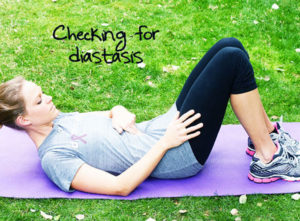
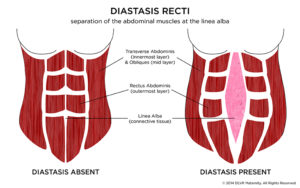
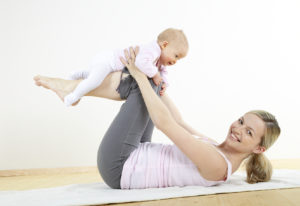
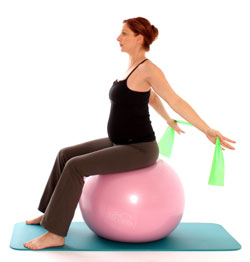
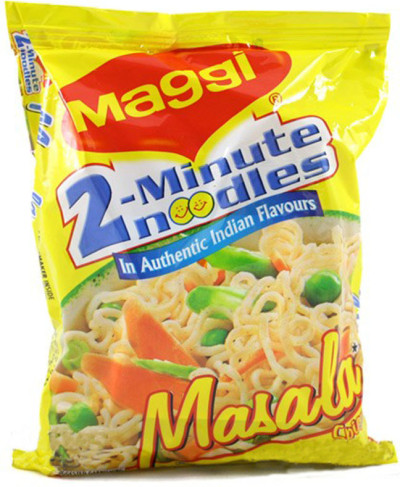
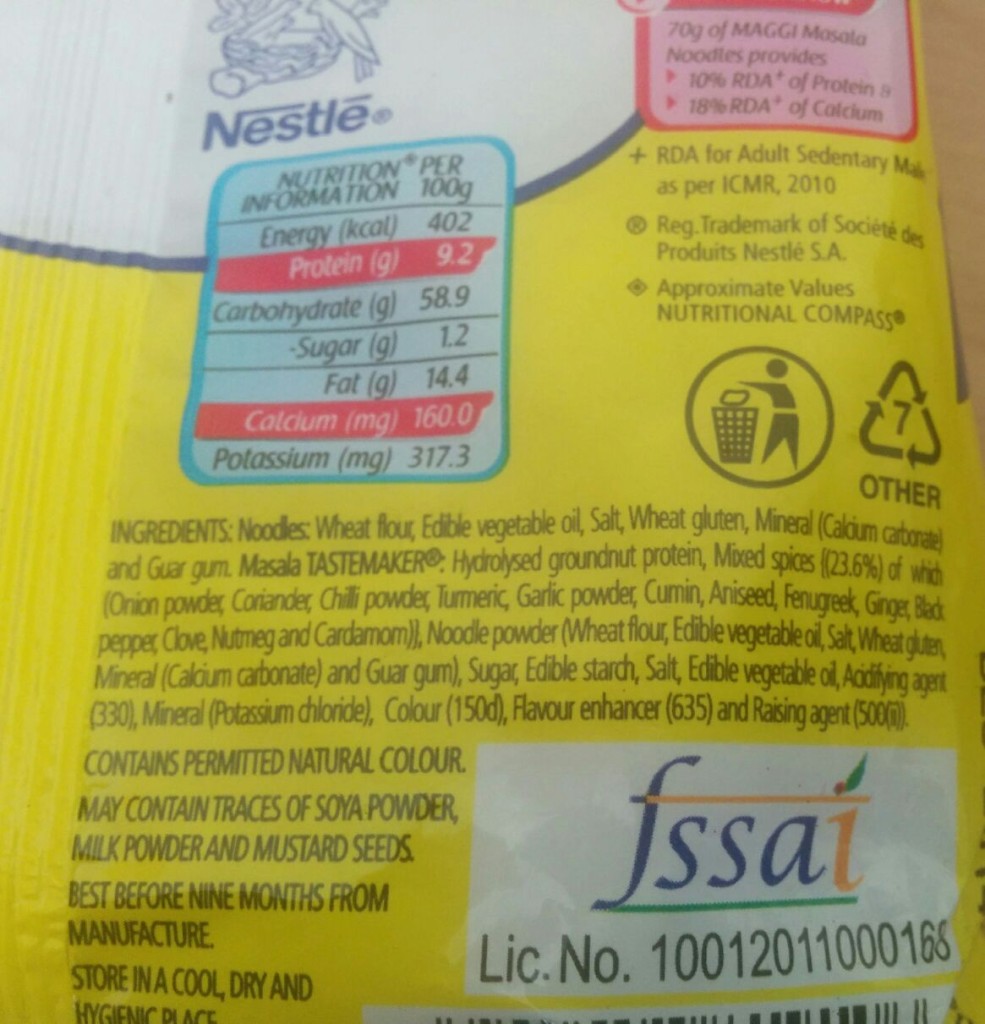
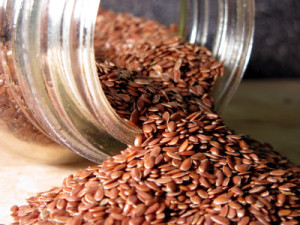
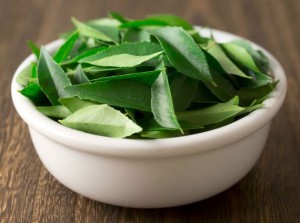
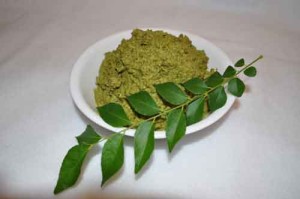

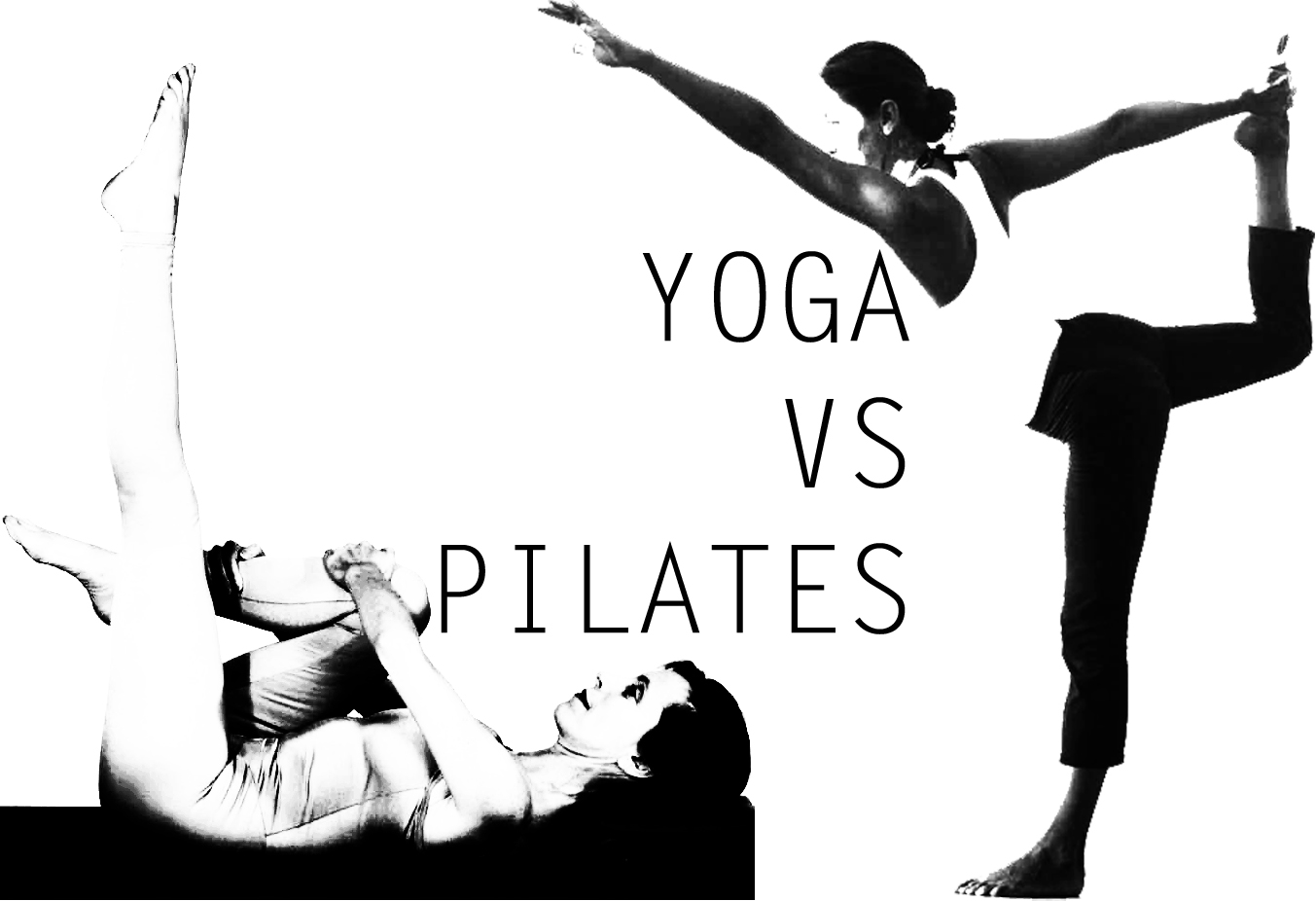

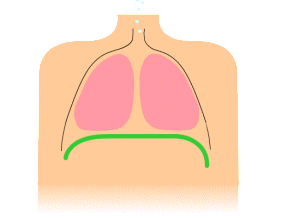
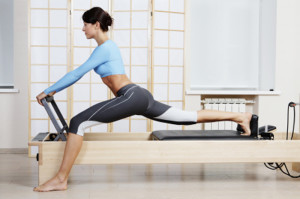
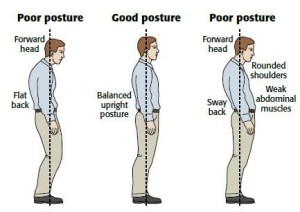
MOST COMMENTED